Stanley Kubrick’s visual style can be characterized by thinking about how Ezra Pound described Imagism. “An image,” he said, “is an intellectual and emotional complex in an instant of time.” Among Pound’s instructions to poets are the imperatives “to employ always the exact word” and “to produce a poetry that is hard and clear.” F.S. Flint added the admonishment “to use absolutely no word that did not contribute to the presentation.” Pound likened the ideal poetic line to the musical phrase, and held that “concentration is of the very essence of poetry.”
The most famous illustration of Imagism is undoubtedly Pound’s “In a Station of the Metro”:
The apparition of these faces in the crowd;
Petals on a wet, black bough.
Modeled on the visual, and based on the technique of juxtaposition, the Poundian image conveys a complex, many-sided, polysemic whole in a manner that is nevertheless direct, immediate, and bold: paradoxically simple and complex at once. The image is not in the service of a singular meaning, doctrine, or message; rather, “the imagist’s images have a variable significance like the signs a, b, and x in algebra [as opposed to numbers in arithmetic] … the author must use his image because he sees it and feels it, not because he thinks he can use it to back up some creed or some system.”
These tenets seem to me to define Kubrick’s aesthetic very well. Next to Pound’s lines from “In a Station of the Metro,” for example, could put the scene from 2001: A Space Odyssey (1968) in which David Bowman is thrust by the force of the explosive bolts of his space pod into the airlock of the spacecraft Discovery. The juxtaposition that is created by this image is implied: we expect to hear the sound of the explosion, but instead it takes place in total silence – which makes perfect sense, since the action occurs in airless outer space. Concentration, clarity, spareness, immediacy, and synthesis: by the simple removal of sound, we experience what an explosion is in a fresh manner.
Or consider the famous match cut that transforms a tapir bone into a satellite and instantly conveys a million years of hominid evolution, and the monolith as an algebraic symbol with the variable value of x – pure variability, you might say. The best Kubrickian images arouse, as Pound held a good image does, “that sense of sudden liberation; that sense of freedom from time limits and space limits; that sense of sudden growth, which we experience in the presence of the greatest works of art.”
Kubrick’s films are highly structured collections or albums of images in just this sense, held together by theme, repetition, parallelism, variation, conjunction and disjunction, contrast, and geometry. There’s also a strong classical aspect to Kubrick’s composition, by which I mean formal clarity and symmetry, one-point perspective, and unified color. Perhaps the right label is something like “neo-classical modernism.”

2001: A Space Odyssey (1968).

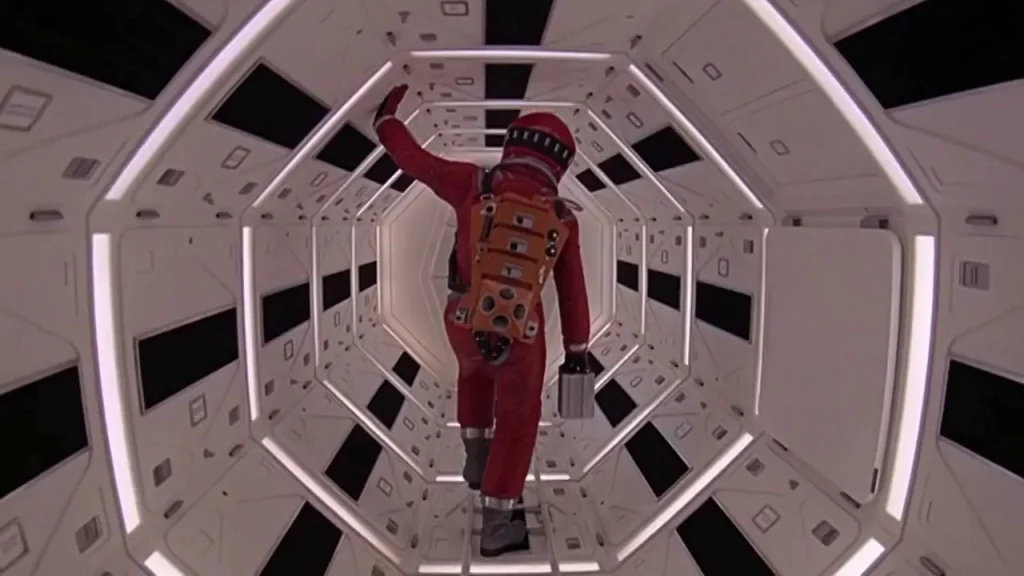
2001.
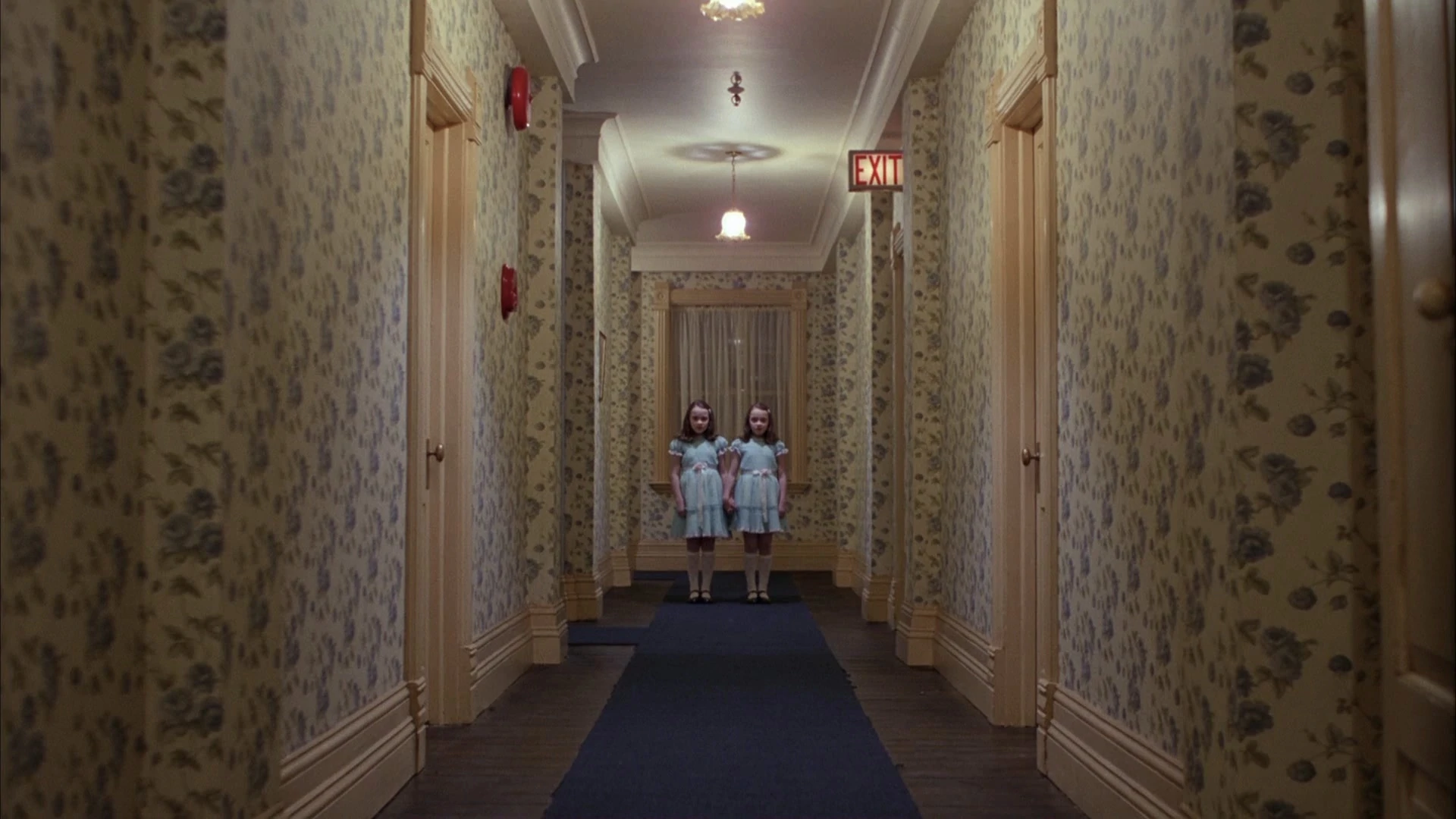
The Shining.

Eyes Wide Shut (1999).
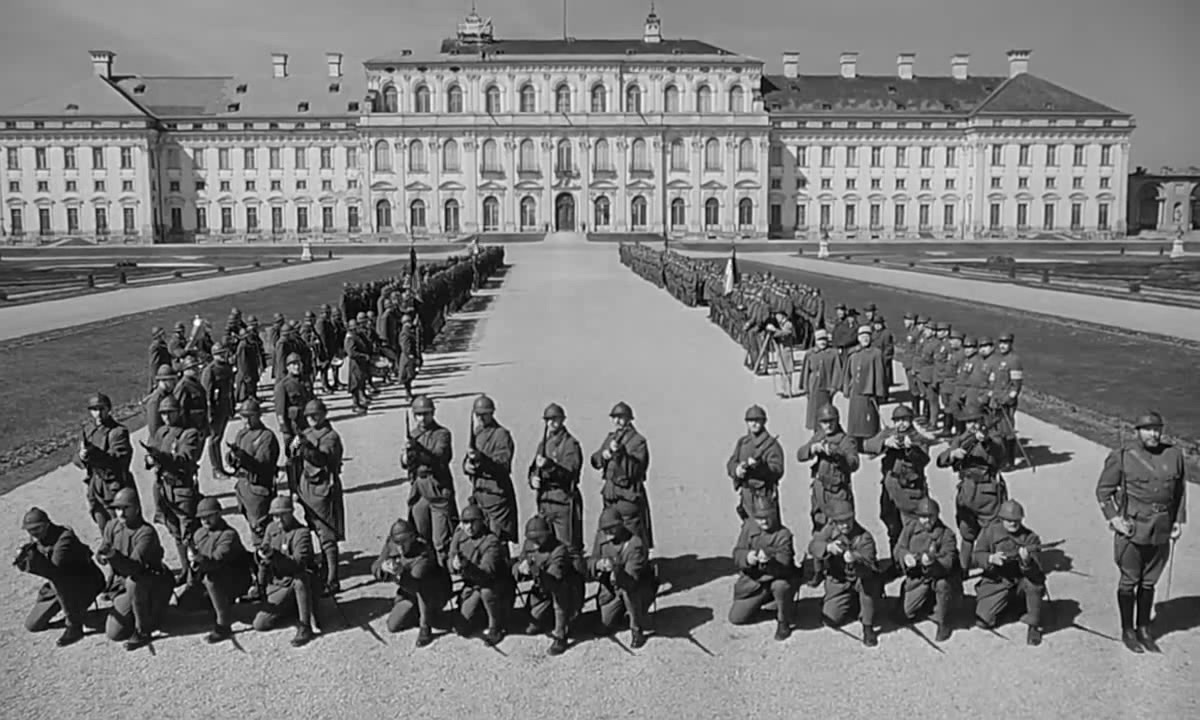
Paths of Glory (1957).
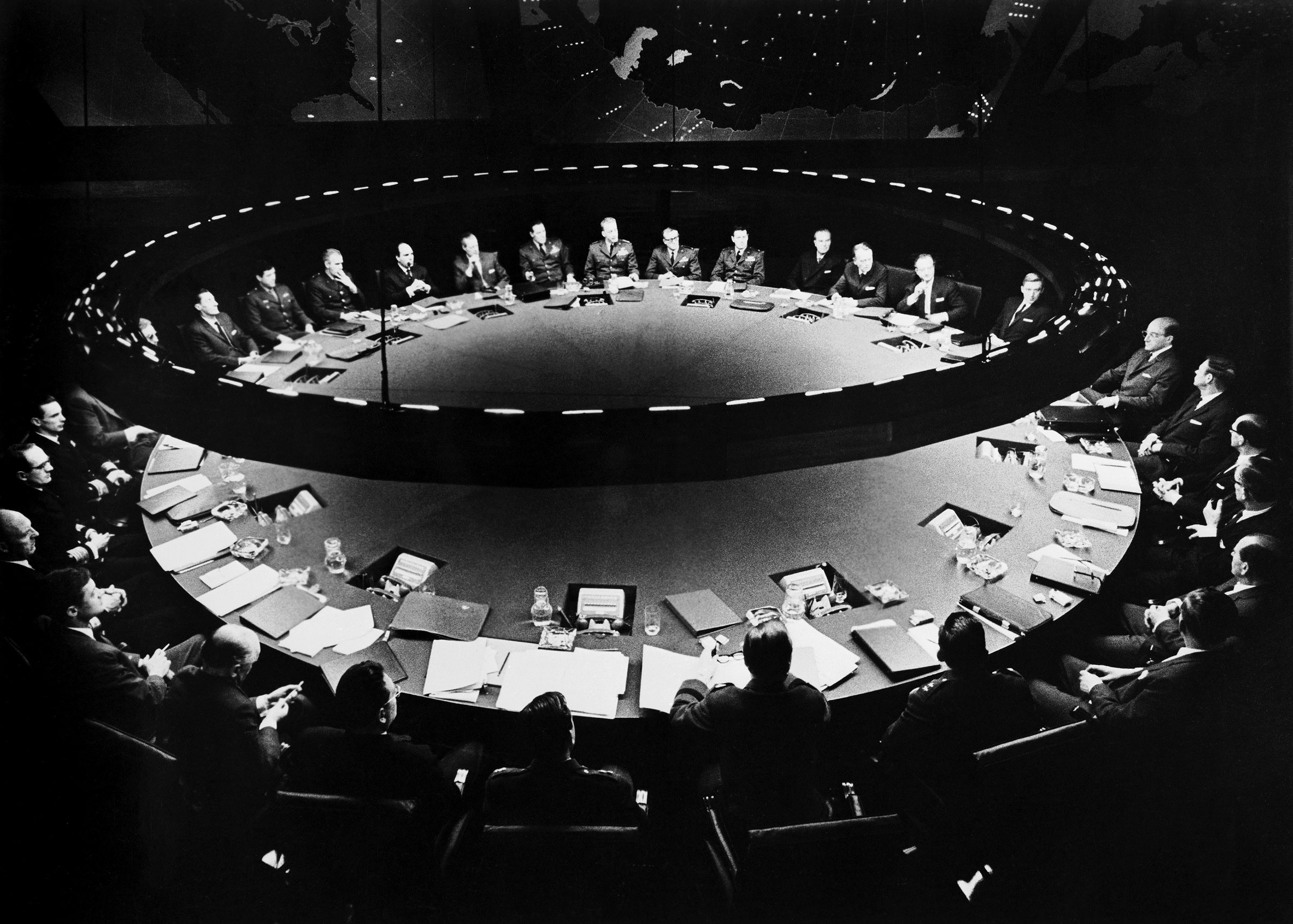
Dr. Strangelove (1964).

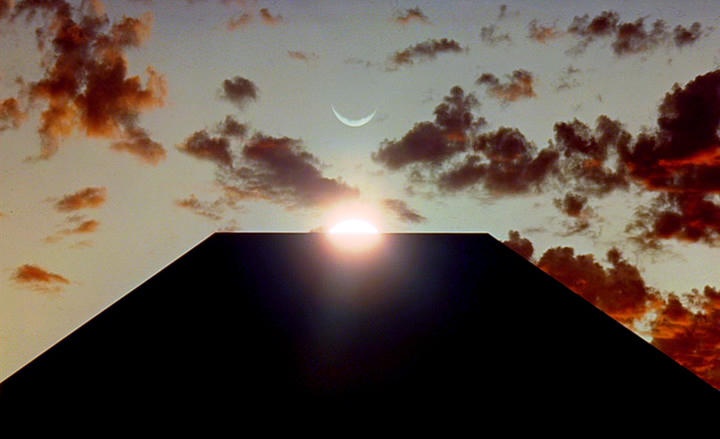
2001.

Full Metal Jacket (1987).

The Shining.
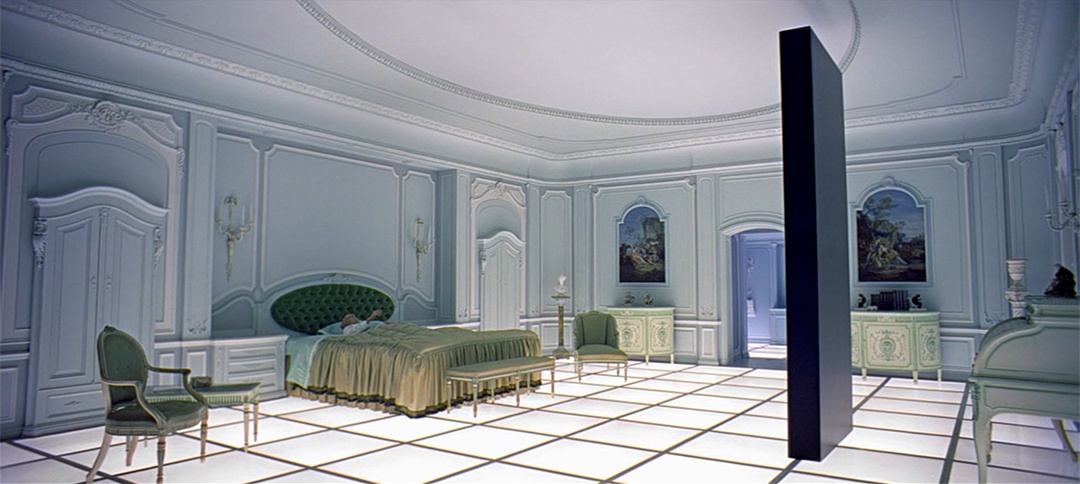
2001.

